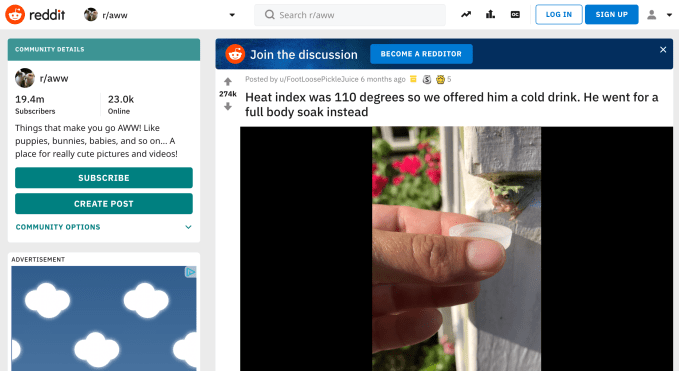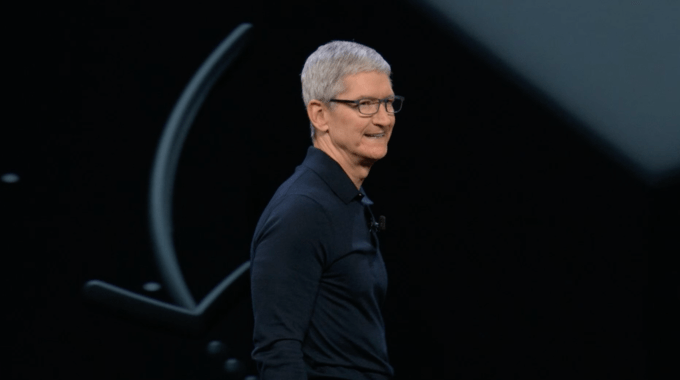Visual assessment is critical to healthcare – whether that is a doctor peering down your throat as you say “ahhh” or an MRI of your brain. Since the X-ray was invented in 1895, medical imaging has evolved into many modalities that empower clinicians to see into and assess the human body. Recent advances in visual sensors, computer vision and compute power are currently powering a new wave of innovation in legacy visual technologies(like the X-Ray and MRI) and sparking entirely new realms of medical practice, such as genomics.
Over the next 10 years, healthcare workflows will become mostly digitized, with wide swaths of personal data captured and computer vision, along with artificial intelligence, automating the analysis of that data for precision care. Much of the digitized data across healthcare will be visual and the technologies that capture and analyze it are visual technologies.
These visual technologies traverse a patient’s journey from diagnosis, to treatment, to continuing care and prevention.They capture, analyze, process, filter and manage any visual data from images, videos, thermal, x-ray’s, ultrasound, MRI, CT scans, 3D, and more. Computer vision and artificial intelligence are core to the journey.
Three powerful trends — including miniaturization of diagnostic imaging devices, next generation imaging to for the earliest stages of disease detection and virtual medicine — are shaping the ways in which visual technologies are poised to improve healthcare over the next decade.
Miniaturization of Hardware Along with Computer Vision and AI will allow Diagnostic Imaging to be Mobile
Medical imaging is dominated by large incumbents that are slow to innovate. Most imaging devices (e.g. MRI machines) have not changed substantially since the 1980s and still have major limitations:
-
Complex workflows: large, expensive machines that require expert operators and have limited compatibility in hospitals.
-
Strict patient requirements: such as lying still or holding their breath (a problem for cases such as pediatrics or elderly patients).
-
Expensive solutions: limited to large hospitals and imaging facilities.
But thanks to innovations in visual sensors and AI algorithms, “modern medical imaging is in the midst of a paradigm shift, from large carefully-calibrated machines to flexible, self-correcting, multi-sensor devices” says Daniel K. Sodickson, MD, PhD, NYU School of Medicine, Department of Radiology.
MRI glove-shaped detector proved capable of capturing images of moving fingers. ©NYU Langone Health
Visual data capture will be done with smaller, easier to use devices, allowing imaging to move out of the radiology department and into the operating room, the pharmacy and your living room.
Smaller sensors and computer vision-enabled image capture will lead to imaging devices that are being redesigned a fraction of the size with:
-
Simpler imaging process: with quicker workflows and lower costs.
-
Lower expertise requirements: less complexity will move imaging from the radiology department to anywhere the patient is.
-
Live imaging via ingestible cameras: innovation includes powering ingestibles via stomach acid, using bacteria for chemical detection and will be feasible in a wider range of cases.
“The use of synthetic neural network-based implementations of human perceptual learning enables an entire class of low-cost imaging hardware and can accelerate and improve existing technologies,” says Matthew Rosen, PhD, MGH/Martinos Center at Harvard Medical School.
©Matthew Rosen and his colleagues at the Martinos Center for Biomedical Imaging in Boston want liberate the MRI.
Next Generation Sequencing, Phenotyping and Molecular Imaging Will Diagnose Disease Before Symptoms are Presented
Genomics, the sequencing of DNA, has grown at a 200% CAGR since 2015, propelled by Next Generation Sequencing (NGS) which uses optical signals to read DNA, like our LDV portfolio company Geniachip which was acquired by Roche. These techniques are helping genomics become a mainstream tool for practitioners, and will hopefully make carrier screening part of routine patient care by 2028.
Identifying the genetic makeup of a disease via liquid biopsies, where blood, urine or saliva is tested for tumor DNA or RNA, are poised to take a prime role in early cancer screening. The company GRAIL, for instance, raised $1B for a cancer blood test that uses NGS and deep learning to detect circulating tumor DNA before a lesion is identified.
Phenomics, the analysis of observable traits (phenotypes) that result from interactions between genes and their environment, will also contribute to earlier disease detection. Phenotypes are expressed physiologically and most will require imaging to be detected and analyzed.
Next Generation Phenotyping (NGP) uses computer vision and deep learning to analyze physiological data, understand particular phenotype patterns, then it correlates those patterns to genes. For example, FDNA’s Face2Gene technology can identify 300-400 disorders with 90%+ accuracy using images of a patient’s face. Additional data (images or videos of hands, feet, ears, eyes) can allow NGP to detect a wide range of disorders, earlier than ever before.
Molecular imaging uses DNA nanotech probes to quantitatively visualize chemicals inside of cells, thus measuring the chemical signature of diseases. This approach may enable early detection of neurodegenerative diseases such as Alzheimer’s, Parkinson’s and dementia.
Telemedicine to Overtake Brick-and-Mortar Doctors Visits
By 2028 it will be more common to visit the doctor via video over your phone or computer than it will be to go to an office.
Telemedicine will make medical practitioners more accessible and easier to communicate with. It will create an all digitized health record of visits for a patient’s profile and it will reduce the costs of logistics and regional gaps in specific medical expertise. An example being the telemedicine services rendered for 1.9M injured in the war in Syria.4
The integration of telemedicine into ambulances has led to stroke patients being treated twice as fast. Doctors will increasingly call in their colleagues and specialists in real time.
Screening technologies will be integrated into telemedicine so it won’t just be about video calling a doctor. Pre-screening your vitals via remote cameras will deliver extensive efficiencies and hopefully health benefits.
“The biggest opportunity in visual technology in telemedicine is in solving specific use cases. Whether it be detecting your pulse, blood pressure or eye problems, visual technology will be key to collecting data,” says Jeff Nadler, Teldoc health.
Remote patient monitoring (RPM) will be a major factor in the growth of telemedicine and the overall personalization of care. RPM devices, like we are seeing with the Apple Watch, will be a primary source of real-time patient data used to make medical decisions that take into account everyday health and lifestyle factors. This personal data will be collected and owned by patients themselves and provided to doctors.
Visual Tech Will Power the Transformation of Healthcare Over the Next Decade
Visual technologies have deep implications for the future of personalized healthcare and will hopefully improve the health of people worldwide. It represents unique investment opportunities and we at LDV Capital have reviewed over 100 research papers from BCC Research, CBInsights, Frost & Sullivan, McKinsey, Wired, IEEE Spectrum and many more to compile our 2018 LDV Capital Insights report. This report highlights the sectors that power to improve healthcare based on the transformative nature of the technology in the sector, projected growth and business opportunity.
There are tremendous investment opportunities in visual technologies across diagnosis, treatment and continuing care & prevention that will help make people healthier across the globe.




